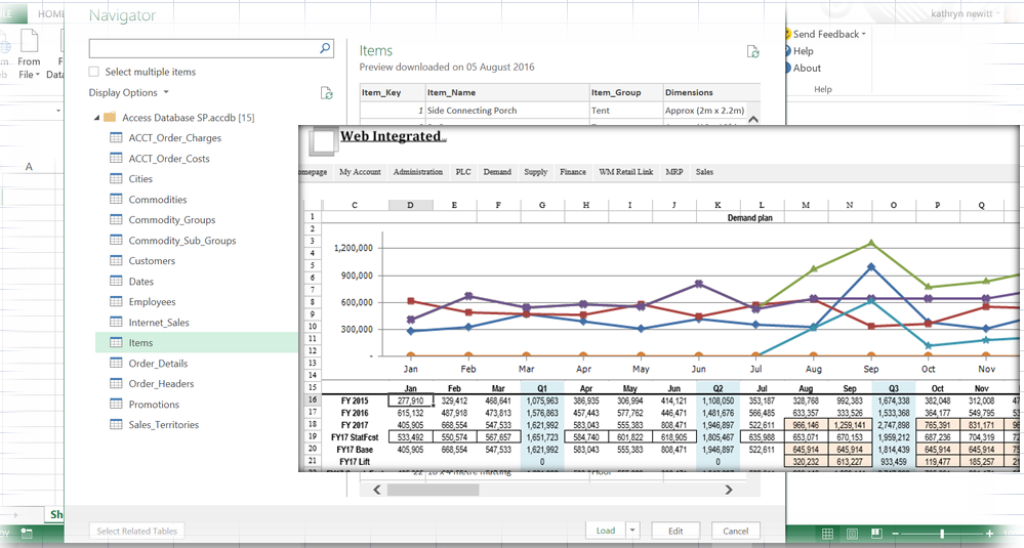
Many small variables can add up to rushed actions up stream. An accurate forecast is the foundation for maximizing resources and minimizing costs. The best way to capture demand is to look at the total and establish a base starting point. From there documenting and communicating changes, like promotions and new distribution, help all nodes on the supply chain succeed.
The detailed forecast can be captured into a budget and set goals for the year. Align sales and production teams selling and producing the items that are most profitable.
One of the biggest challenges with collecting a forecast is deciding who gets to create the forecast and in what unit of measure.
If it were up to sales the forecast would be tracked by customer and dollars. This format allows sales to see how much each customer needs to order for them to accomplish goals and collect bonus incentives.
A drastically different motivation for the creating a forecast is for production or procurement teams. They like to see the forecast in terms of units and don’t necessarily focus on customer orders. They have different set of criteria, like how many components to buy or calculating warehouse space.
How does Web Integrated manage multiple forecast requirements to form a consensus?